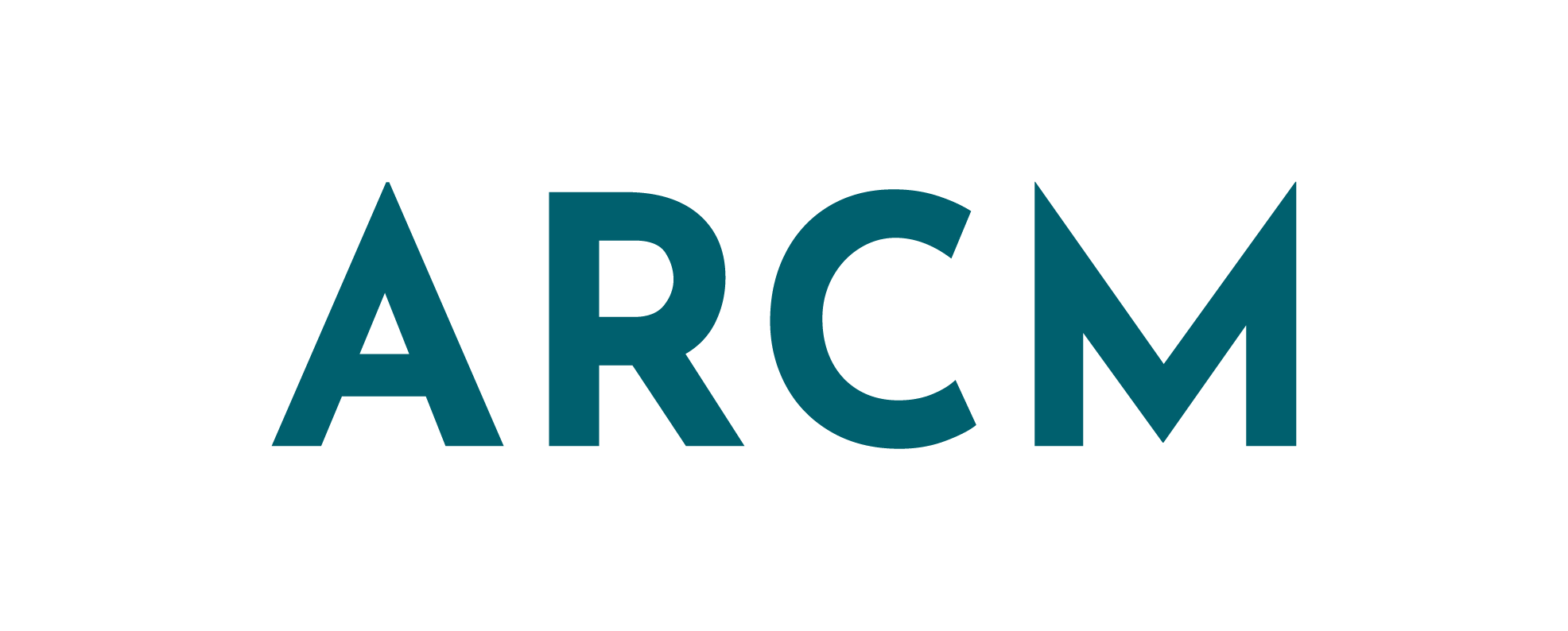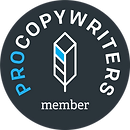As marketers, writers, and freelancers, we spend a shit ton of time writing and putting together content. Especially if your focus is SEO, you’re gunna put out a lot of words. But how can you get people to read them?
Whether you’re trying to fight the noise among the maelstrom of seasonal messages or you want to improve your time-on-page for your blogs, you need to understand a few key writing techniques and strategies.
So today, let’s have a look through all of this:
- How to get people’s attention without being spammy
- Content design choices that will help you keep that attention
- Clarity will always win
- Hitting the ground running
How to get people’s attention without the clickbaity bullshit
Where do you want this attention from? And what purpose does it serve? For example, many people have newsletters to gain customers and make sales. A completely valid reason.
I write these blogs to put no-bullshit writing, freelancing, and SEO advice out into the world. There is too much jargon and I’m fed up of the bullshit.
So this is an easy way for me to communicate directly with people who like my no-bullshit approach.
An example from my own newsletter
The highest open rate I’ve had on my newsletter here (71.4%) came with the subject line “What the fuck is cornerstone content?”.
People like the swearing. I imagine if you’ve opened this, you do too. Or at the very least you tolerate it for the sake of reading the information.
So, do you need to swear to get people’s attention?
Absolutely not. But being unapologetically yourself definitely helps.
And my business has been significantly more successful since I dropped the corporate bullshit and focused on connecting with people. And I think the same can be said for most businesses. Personal branding is a big deal for a reason.
Let your charismatic employees and leaders fly. People will buy into them before buying into your business.
Here are 3 ways to write more engaging subject lines, titles, and opening sentences:
- Address your audience with a question
- Steer into the parts of your tone/personality that help you stand out
- Lead with something useful (a statistic, tangible advice, or the promise of more information)
So once you have piqued someone’s interest, how do you keep their attention?
Content design. What is it and why does it matter?
Ok so this could be an entire blog on its own. (In fact, if you want more on this, reply to this email or give me a shout on social and let me know).
What is content design? Really it does what it says on the tin. It’s how content is laid out on a page. More than one person is involved in this process, especially for website copy. For example:
- A copywriter will choose how the content is formatted, e.g. in bullet points, subheadings, etc.
- A designer will place that content in a way that matches the brand, including font colours and sizes, white space, and proximity to images
- A developer (if this is on the web and not a PDF like an ebook), will build the rules that determine how this works on a technical basis to ensure consistency throughout a site and how everything adapts to screen sizes and mobile
And that is a simplified version of it.
So what does this have to do with keeping people engaged? I’m going to speak directly to the writers here.
Formatting
How you format your content is an essential part of how readable it is. And how engaging it is.
If you want people to take one look at your content and fuck off, write in long sentences, never-ending paragraphs, and never include a subheading.
If you want people to read your content, or at least stick around for a bit, they have to be able to scan for information as quickly as possible.
F and Z reading patterns
A bit of info that changed my writer brain was the F and Z reading patterns on screens.
Here is an article on the F reading pattern from one of my favourite UX publications. The Z reading pattern works in a very similar way.
Essentially, we need to be formatting the shit out of our blogs, cornerstone content, and web pages. And yes, we need a lot of subheadings and considered content design for PDF content too.
Because chances are, those will also be read on a screen.
Clarity will always win
Simple sentences make reading easier. A clear layout makes comprehension easier. Subheadings, bullet points, brackets, and other types of formatting are your friend.
If you have a simpler way to write something, do it. You don’t need the tone of voice of innocent drinks to write like a person.
Even if you are in B2B, your audience are people too.
Complex is not clever. Gatekeeping information through a show of intellect is exclusionary. Your focus should be your readers, not your ego. You may think long chunks of text look more comprehensive, but they’re more likely to alienate your readers.


